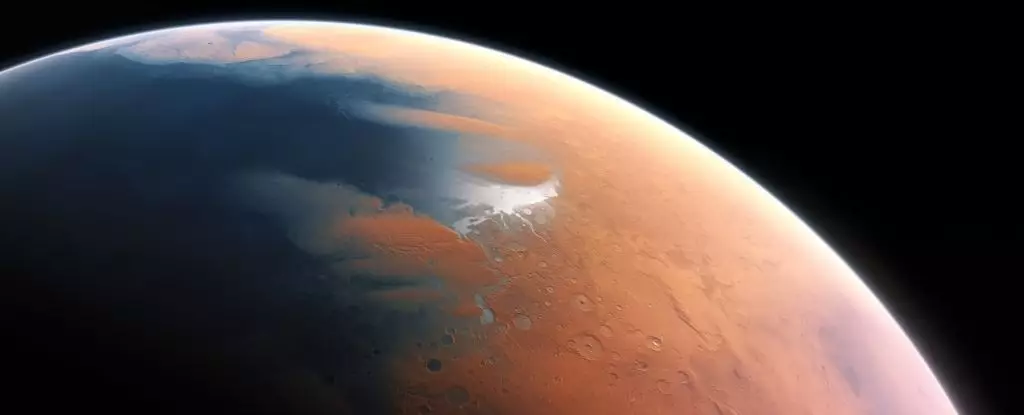The recent analysis of seismic data collected by the Mars InSight lander has revealed the presence of huge reservoirs of liquid water deep below the Martian surface. This discovery has raised significant questions about the aquatic history of Mars and its potential implications for the planet’s climate, surface, and interior. Geophysicist Vashan Wright emphasizes the importance of understanding the Martian water cycle as a critical factor in comprehending the evolution of Mars over time.
The presence of minerals, terrain, and features like ancient dry lake beds and deltas on the surface of Mars indicates that the red planet was once abundant with water. However, the current scenario only accounts for water in the form of ice, with insufficient quantities to explain the wet conditions that Mars experienced in the past. In order to unravel the mystery of Mars’ water history, it is crucial to determine where the water might have disappeared to billions of years ago.
The seismic data analysis conducted by researchers suggests the existence of a layer of fractured igneous rock filled with liquid water at depths ranging from 11.5 to 20 kilometers below the Martian surface. Although this underground reservoir is not easily accessible to humans, it provides valuable insights into the Martian water cycle and the potential habitability of Mars. Geophysicist Michael Manga highlights the significance of liquid water on Mars for understanding its climate and the possibility of sustaining life.
The discovery of a large reservoir of liquid water on Mars has significant implications for understanding the planet’s past and present habitability. While previous detections of water reservoirs on Mars raised questions, the latest findings suggest that Mars may have retained a substantial amount of water, potentially enough to fill ancient oceans. However, further observations and analysis of Mars’ crust are necessary to validate these findings and uncover more about the planet’s hidden water reserves.
The existence of liquid water on Mars deep below its surface opens up new possibilities for exploring the planet’s history and potential for supporting life. As scientists continue to unravel the mysteries of Mars, further research and observations will be crucial in understanding the full extent of water reserves on the red planet. The findings from the seismic data analysis provide a glimpse into Mars’ past and present, shedding light on the planet’s evolution and potential habitability.



Leave a Reply